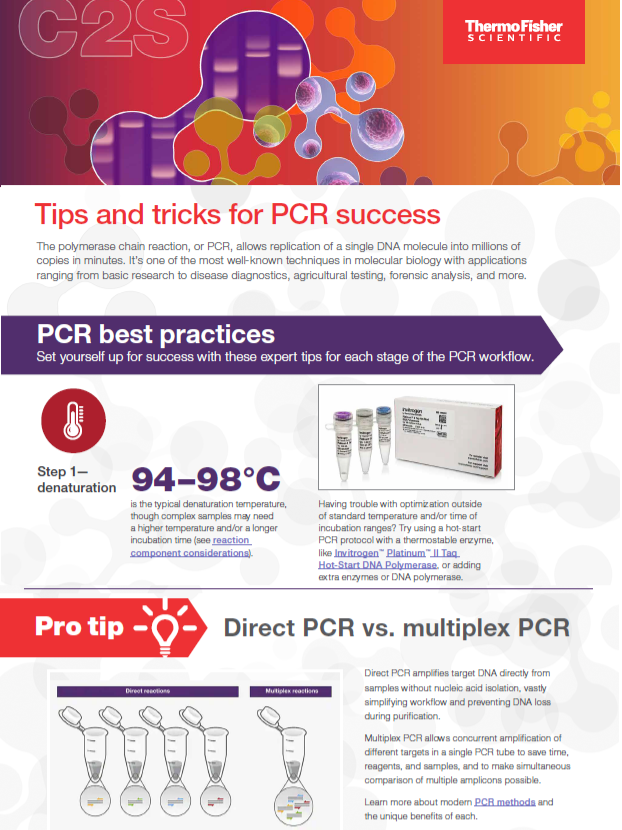SeekRNA Paves the Way for More Precise Genetic Engineering

Developed at the University of Sydney, SeekRNA is a new gene-editing tool which is said to be more accurate and flexible than CRISPR.
Gene editing has been one of the most revolutionary technologies , and CRISPR has been considered one of the biggest developments over the time. From advanced diagnosis of diseases to designing new cancer treatments, CRISPR changed the face of medicine, agriculture, and even biotechnology. But apparently, it has just been decided what the future of genetic engineering is going to look like. A group of scientists from the University of Sydney has now come up with a new gene-editing technique they call SeekRNA, a tool claimed to outshine CRISPR in its precision and adaptability soon enough.
The Difference Between CRISPER and SeekRNA
While CRISPR relies on additional factors as a means of influencing its “cut-and-paste” operation, the SeekRNA system is sufficient per se. It makes further use of an RNA strand, which has the capability to be programmed for the purpose of seeking out specific insertion sites in genetic sequences. This gives way to bypassing the need for any foreign proteins and their accompanying DNA repair machinery, thereby avoiding any mistakes during the process of editing.
Another strong differentiator between SeekRNA and the existing tools like CRISPR is that it injects a genetic sequence into a specific location sans any extraneous help. The limit to the size of genetic sequences that can be introduced in currently available CRISPR technology. SeekRNA outperforms this challenge by enabling larger or intricate DNA sequences to be precisely fitted.
Target selection with unprecedented precision and flexibility of the RNA makes SeekRNA stand out, opening a new era in genetic engineering beyond what current technologies can offer. Though CRISPR has been revolutionary, it relies on breaking both strands of DNA-a process that has the potential to cause unintended mutations. In contrast, SeekRNA cleaves directly into the DNA sequence of the target and then inserts new genetic material at a higher degree of precision.
How Does SeekRNA Work?
SeekRNA systems are naturally occurring insertion sequences, IS1111 and IS110, found both in bacteria and archaea. Interestingly, these sequences possess characteristics of showing very high target specificity-a feature which SeekRNA uses to secure more accurate editing of genes. Tests carried out with the use of SeekRNA in bacteria have given high results, but in the future, experiments need to be focused on more complex eukaryotic cells.
The beauty of SeekRNA is in its simplicity: it consists of a tiny proteins made up of 350 amino acids and a short-stranded RNA of 70-100 nucleotides, which is adequately small to enter cells on the back of nanoscale vehicles like vesicles or lipid nanoparticles. This streamlined design could revolutionize how genetic therapies might be used to target cells.

Setting New Standards for Genetic Engineering
SeekRNA represents a new chapter in the story of gene editing, building on what has been accomplished with CRISPR and pushing boundaries in biotechnology. It may unleash breakthroughs in health care, agriculture, and a host of other areas. Its precision and ease of practice run in contrast to the boundaries set by the current methods. With further testing and adaptation for eukaryotic cells, this tool might reach the gold standard for genetic engineering. It would be very interesting to follow developments dealing with this technology and its contribution to innovations throughout.
Know more about SeekRNA here.

